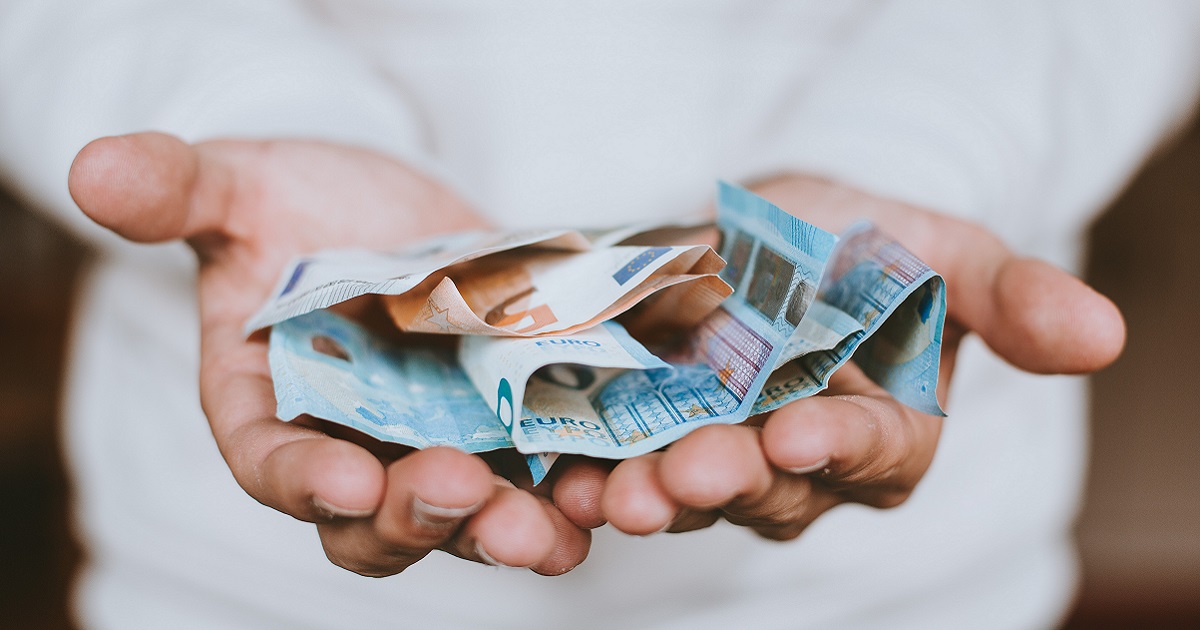Future of Financing
WYN thinkTALK on E-funding Avenues for SMEs helped businesses explore an alternative avenue for funding during a tumultuous economic period. E-funding and cryptocurrency transcend borders and the one-hour virtual session had an expert from PwC Hong Kong explaining more.
Speaker
Henri Arslanian, Crypto Leader and Partner, PwC, Hong Kong
Moderator
Mohammad Ridzuan Abdul Aziz, Country Director and Head of ASEAN Business, WorldRemit, Malaysia
Henri on the Future of Finance
Some of the latest global trends are happening in terms of the future of money: crypto assets, in particular, and what is the impact it could have for SME financing. I want to share with you some of the big developments going on. Ever since bitcoin was invented in 2008, we were able to send value from one person to another without intermediaries. This is unlike how it’s done today which entails going through financial institutions or payment companies.

Obviously, this plays a big role when it comes to SME financing and SME businesses. This has become pretty big over the last few years, the crypto market capitalisation is over USD1 trillion. This gives a lot of opportunities for the SME context. Today, I’ll focus on three things, which are stablecoin, non-fungible token (NFT), central bank digital currency (CBDC) and some opportunities that they may provide for SMEs.
Stablecoins
While bitcoin is digital gold, it’s decentralised and the price may go up and down, currently, we’re seeing the increasing rise of something called stablecoins. It’s a digital currency backed one to one by fiat, or traditional, money.
Why would somebody invest in a digital currency that is basically equivalent to USD1? The reason is, it has a lot of benefits, and one of them is cross-border payment. SMEs in Malaysia doing business with those in Africa or Latin America, and internationally, it can be complicated to make cross-border border payments. Banks have not only explicit fees and hidden fees, it’s also difficult to open a bank account. The beauty of bitcoins is that you’re able to send money around the world, 24/7, instantaneously with pretty much no fees.
Today, for example, the average fee to send money around the world is an average of seven per cent, in an era where you send a WhatsApp or Facebook Messenger message for free globally. In many emerging countries, it’s double digit.
Two years ago, Facebook launched its digital currency, libra, with one clear goal that moving money around the world is as easy as sending a message. This is a big impact for stablecoins and if you’re an SME business it could have a big impact on the operation of your business. For a business in one country, its currency isn’t money for another country or continent but payments with stablecoins can happen immediately and without hidden fees, explicit fees, delays and everything else that happens in the system.
Non-fungible Token (NFT)
NFT is defined online as ‘a unit of data stored on a blockchain that certifies a digital asset to be unique and therefore not interchangeable’. What’s amazing about NFT is that, for the first time we can prove that a certain asset is unique. To put things in perspective, at the beginning of the 2021, there were less than 25,000 people using its NFT and there are more than half a million weekly active users now.
How can it work? Traceability, for example, just before the start of this session, a great song was performed. Now, imagine that song you can put on Spotify but the revenue to the artists is very limited. But if that song becomes and NFT, and I buy that song from the artist, I know it’s a legit song, it’s not copied. Let’s say, if one day I were to sell that piece of digital asset I could have royalties to happen immediately and automatically.
Let me give you a very simple example of art. Today, people will go to galleries to buy art then go to intermediaries to make sure the piece of painting is original. With NFT, I can prove that a certain asset is actually the real thing and I can prove this mathematically without the need of intermediaries. This is useful and has a lot of opportunities. Think about land titles, which is a big problem in many countries. It’s difficult to know if that person actually owns that piece of land or asset. Through blockchain, I can do an immediate check and would know instantly if the seller is the person who owns it.
Central Bank Digital Currency (CBDC)
We will see the appearance of a third form of central bank money, a kind of digital bank note, if you will. The basis of this digital bank world is, instead of putting it in your physical wallet it’ll be in your digital wallet, and that’s super exciting.
Also, it gives a lot of benefits to governments and policymakers. For example, it’s difficult for a central bank to know what’s happening in the country, especially for countries operating in cash, and for policymakers to understand economic activities in their country and problems of tax evasion. With CBDC, every type of transaction that has been done is pretty much traceable and taxes can be paid automatically. In many countries, problems such as money laundering and corruption, are pretty big., but with digital currency they’re impossible because everything is fully traceable.
Henri on Handling and Benefitting from Digital Assets
For SMEs, it’s important to understand that these changes are coming. Digital assets open up a whole new world of financing opportunities for SMEs. For example, with tokenisation I can take any asset I want, personalise it into various little components and be able to use that for fundraising. Let’s say, I want to go buy a building in London. Remarkably, tokenisation can take that piece of real estate separately into 10,000 pieces and have somebody else buy into other parts of it, for example. Another example is, if your company is looking for financing or sell your shares, tokenisation promotes these transactions seamlessly and without complications.
When it comes to the volatility of crypto, and if you’re not comfortable with it, there are other digital assets such as stablecoins that can play a big role in cross-border payments and reduce transfer fees. There could be fake scams and if you want to avoid that make sure you do your basic due diligence. The one advice I give to everybody is, education. Make sure you’re doing some basic level education understanding what it is, do some research, do a small amount just to experiment and be comfortable with it first.
Value is really in the eye of the beholder. The reason we believe in gold is because for thousands of years people have been buying gold and the reason gold has value is because its supply is pretty much limited. Every year the supply increases by only one or two per cent. As with bitcoin, there’s only going to be 21 million bitcoins, it’s pretty fixed and you can’t fake bitcoins, just like you can’t fake gold. I can have a bar of gold or a gold wedding ring, by the same token, a bitcoin is divided into little pieces and it doesn’t corrupt. Also, it travels much easier, I can send you a bitcoin in, literally, seconds.
Last Words
Empowering people and financial inclusion are the biggest benefits of digital currencies. I’m particularly optimistic about the future of money and the future of finance for developing countries, because of the potential possibilities that we have today that we didn’t have just a few years ago.
Read related article on an interview with Henri Arslanian, speaker for WIEF thinkTALK on session on E-funding Avenues for SMEs: Borderless Financing and related article on borderless funding, Funding Traverses Borders.
Main photo by Christian Dubovan on Unsplash.





